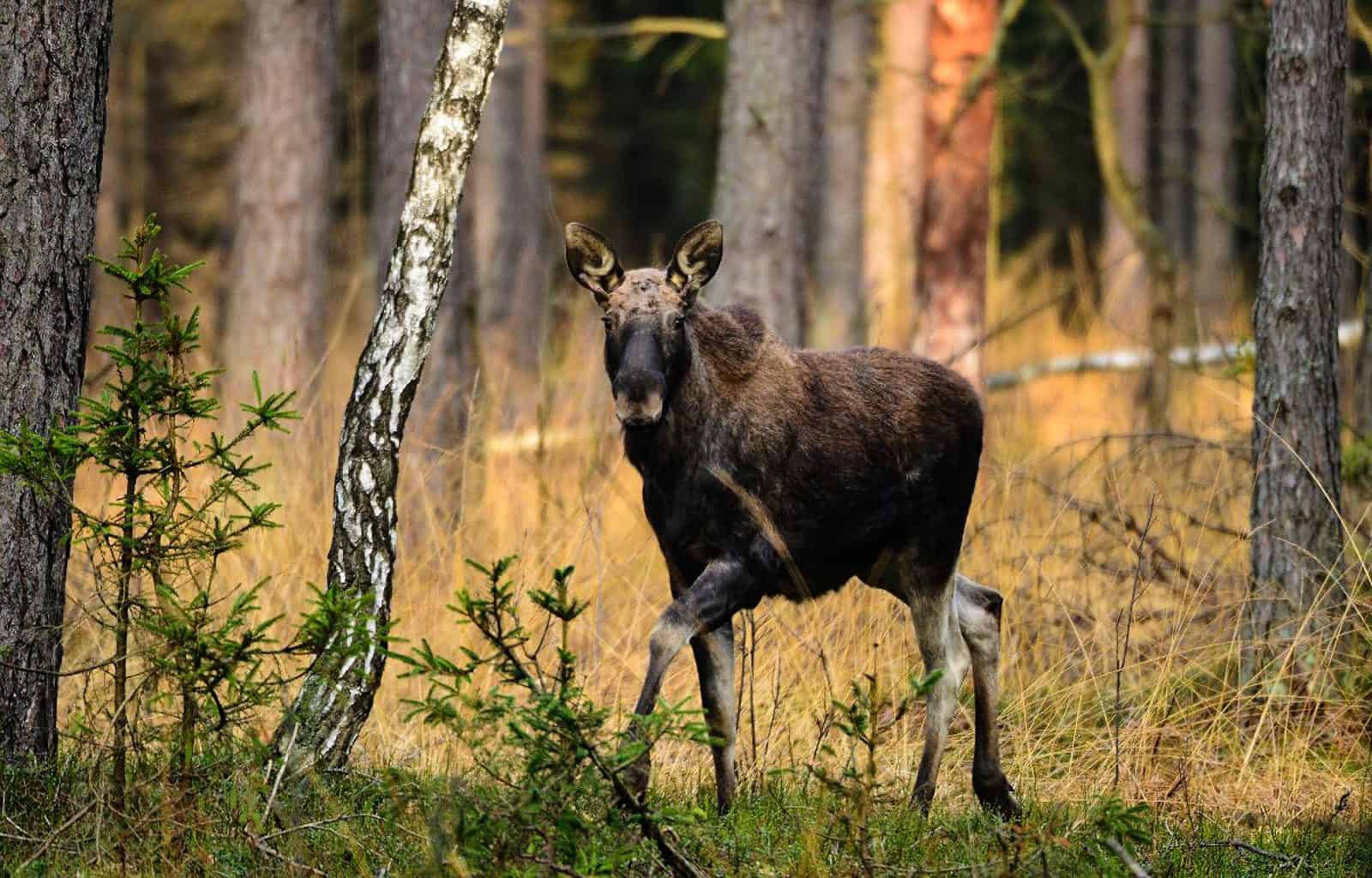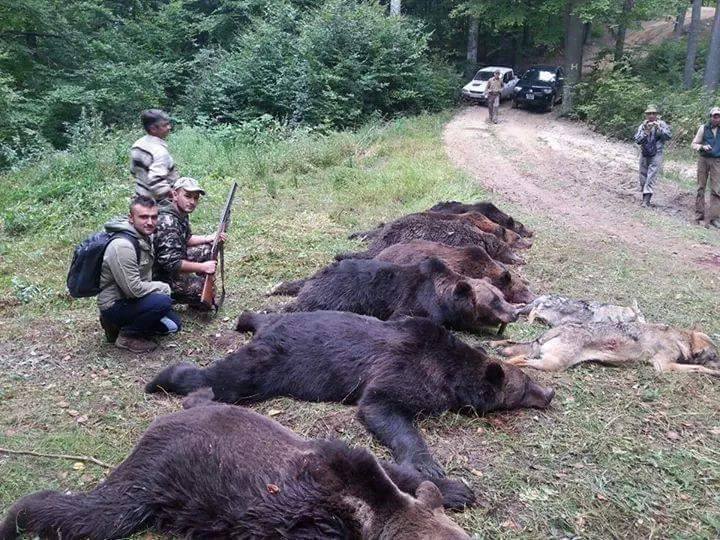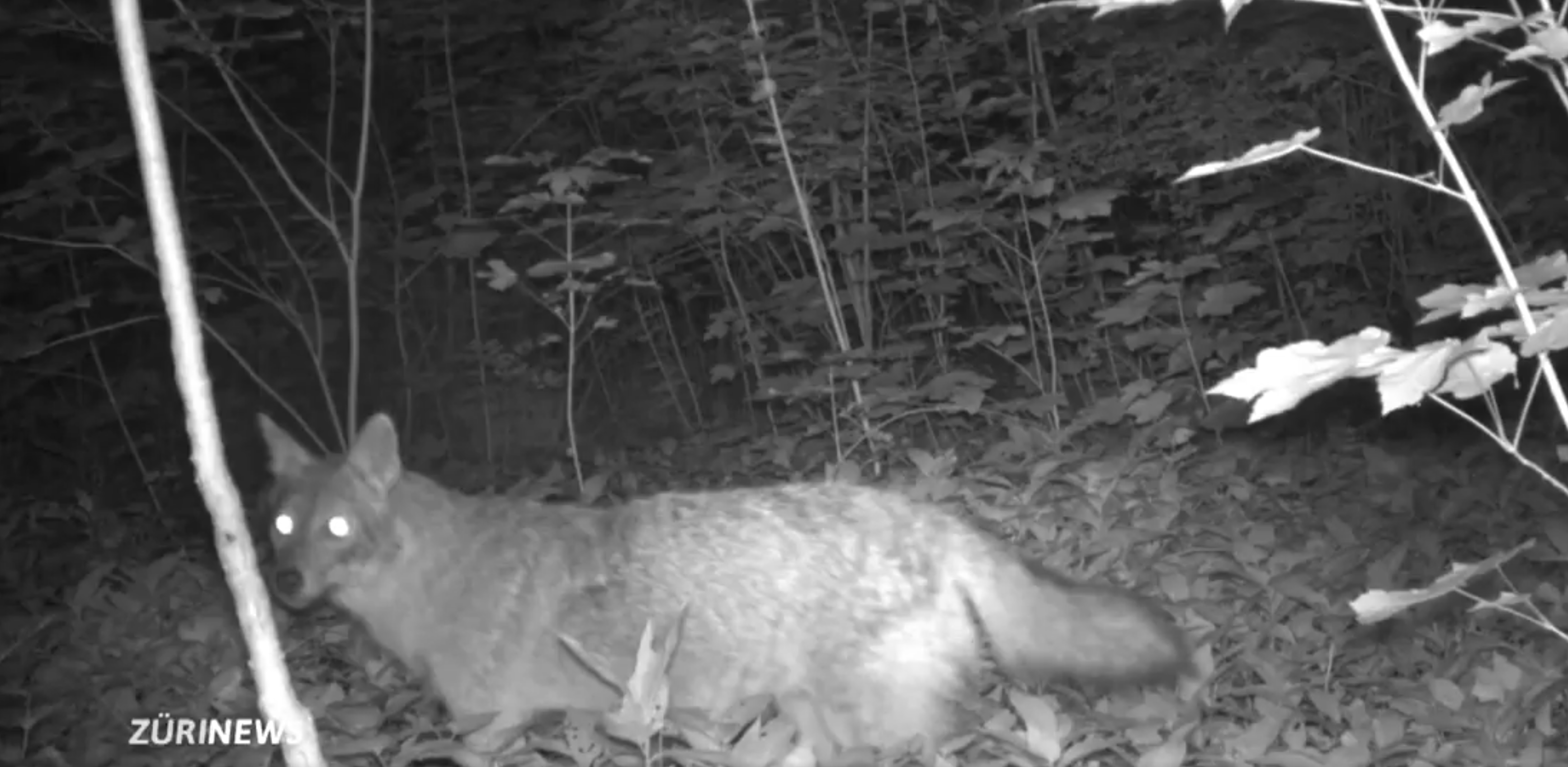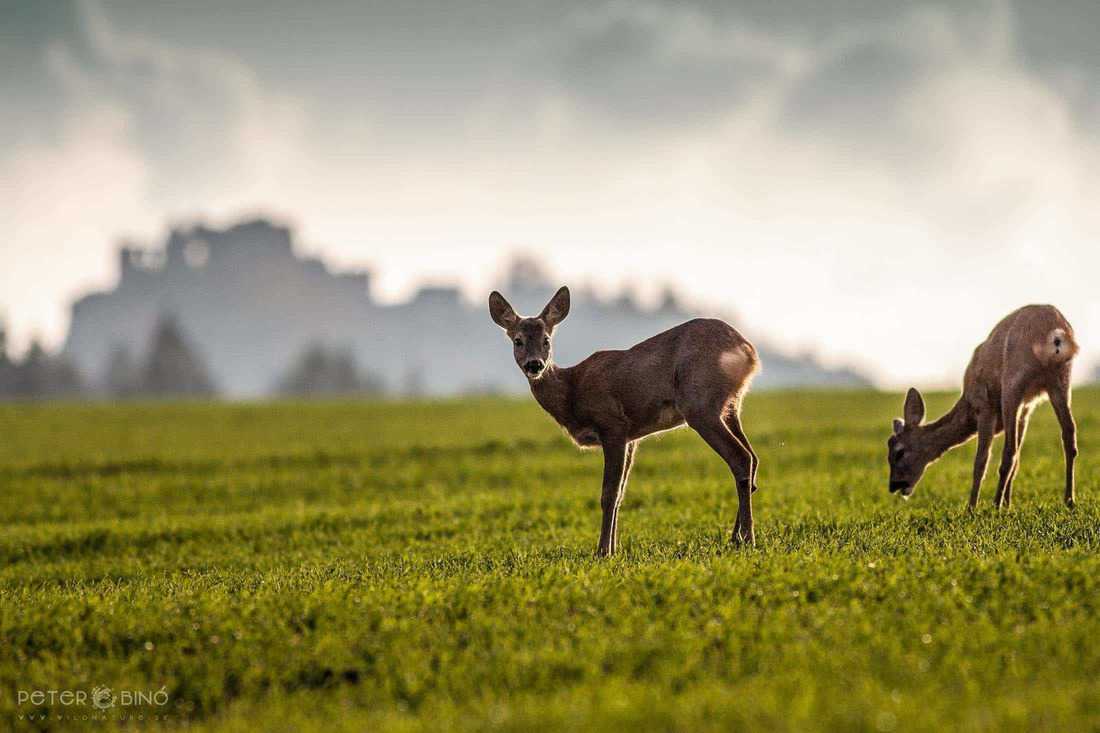Wildlife under threat due to Polish-Belarusian wall construction
Scientists and experts in the field of wildlife conservation call the European Commission to halt the construction of the wall along the border between Poland and Belarus until an environmental impact assessment is carried out and it is ensured that appropriate mitigation measures are implemented.
Refugee crisis and fencing
The ongoing refugee crisis in Europe has led to extensive fencing in order to divert or control the flow of people. These fences are often constructed as emergency measures without prior environmental impact assessments concerning their design or placement.
Studies indicate several challenges connected with it. First of all, it is difficult to find information on the topic, especially concerning the exact location, length, and construction of different fences. Borders represent a national security issue and are often located in border zones with restricted access. Yet even fragmented data shows a great amount of border fencing. Fencing has been on a rise during the 21st century, in part as a response to 9/11.
Threat to wildlife
Border security fencing exhibits extensive length, restricted access locations and multiple challenges concerning the mitigation of its effects on wildlife without compromising security purposes. Fences represent a major threat to wildlife causing death, obstructing access to important resources and reducing population size. They vary greatly in their designs and thus differ in their effects on different species, migratory large herbivores and large carnivores being most affected.
Law specificities
Another issue with fences is their (il)legality. International law does not forbid the construction of border fences unless specific obligations are in question, such as human rights treaties or wildlife conservation treaties. The majority of wildlife treaties at global and regional levels, however, emphasize the importance of avoiding fragmentation and ensuring connectivity.
The Natura 2000
Article 6 of the Habitats Directive introduces a specific procedure for projects concerning protected sites designated as part of the Natura 2000 network. Such a project may only go ahead if (i) a prior comprehensive assessment has conclusively proven that no significant adverse effects will occur, or if (ii) the project needs to be carried out for “imperative reasons of overriding public interest”. It also implies that alternative solutions have been proven absent and compensatory measures are taken to ensure the overall coherence of the Natura 2000 network.
Several Natura 2000 sites situated in affected border areas represent home to transboundary populations of wolves, brown bears and Eurasian lynx. Border fences fragment habitats, interrupts mobility and gene flow and thus are subject to the requirements of Article 6. However, the hasty erection of border fences in various European countries has resulted in multiple violations of the provision.
Polish-Belarusian border crisis
The proposed Polish-Belarusian wall will cross protected and valuable natural areas, including six Natura 2000 sites: Białowieża Primeval Forest, Augustów Forest, Ostoja Knyszyńska Forest, Biebrza Marshes, Ostoja Nadbużańska, Bug River valley.
This barrier will interrupt functional connectivity of the ecological corridors of the Natura 2000 network on the national and European scale. Such an influence on these areas, including logging and road development during the construction phase, will be detrimental to the conservation status of species and habitats.
Białowieża Primeval Forest
One of the sites under the threat is Białowieża Primeval Forest. It is the last remaining temperate lowland forest in Europe and an ecological corridor of pan-European importance. It connects Białowieża Forest and the forest habitats of Belarus and Ukraine with the forests of central and western Poland and, further, with western Europe. The corridor is used by large mammals such as grey wolf, Eurasian lynx, European bison, European elk. The construction of the wall and disruption of the corridor will result in the isolation of habitats and will prevent the movements of many animal species and their gene flow. In particular, it may lead to the collapse of the Polish lowland lynx population.
The Białowieża Forest is important for the preservation of the integrity and ecological connectivity of water and wetland and forest habitats. Its spatial and functional division will threaten the preservation of many natural processes and call into question the forest’s position in the UNESCO World Heritage List.
The need for assessment
Despite all the above-mentioned reasons, wall construction planning didn’t include an assessment of the environmental impact of the project on the conservation objectives of the Natura 2000 site. Issues as the collision of the wall with ecological corridors of priority importance for the preservation of forest habitats connectivity on a central European scale, or the impact of the project on populations of large mammals were neither diagnosed nor assessed. Considering the cumulative effects of breaking the integrity of the other five Natura 2000 sites, all these issues call for substantive and in-depth analysis.









Es gibt eine polnische, initiiert von Anwohner*innen von Białowieża: https://naszademokracja.pl/petitions/nie-dla-niszczenia-puszczy-bialowieskiej-przez-budowe-muru-na-granicy
Gibt es auch eine Petition für “Nicht-Wissenschaftler”?
I wonder why nobody was protesting against the border fence that was installed by Byelorussia in the same place along the border some 30 years ago (still exists). The same was for many decades along Ukrainian border (so called sysiema). Both fences effectively prevented migrations of all large mammals. Also I do not remember protests against fences installed by Germans to stop the spread of AsF. I do not have another word for this except: hypocrisy.